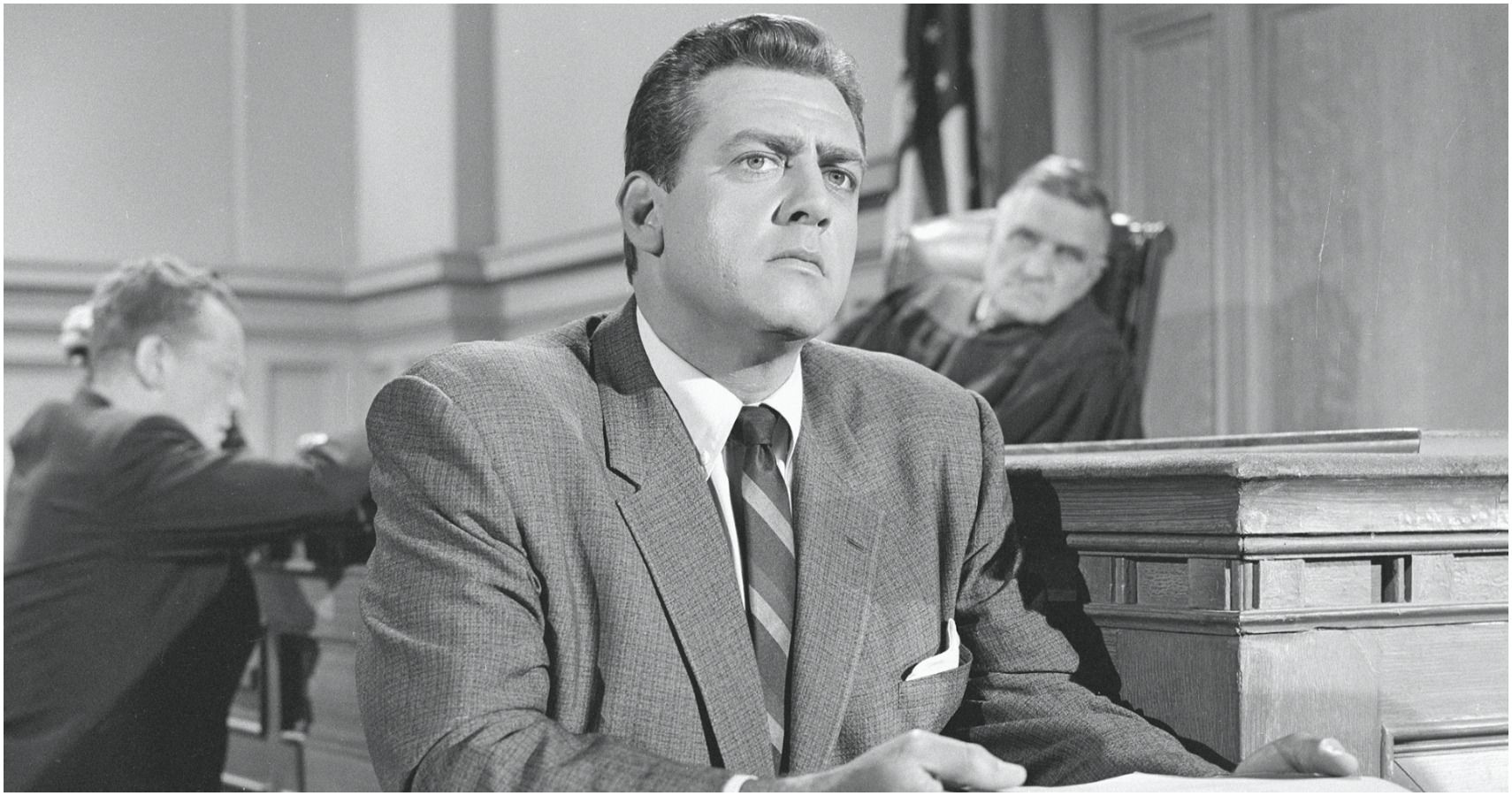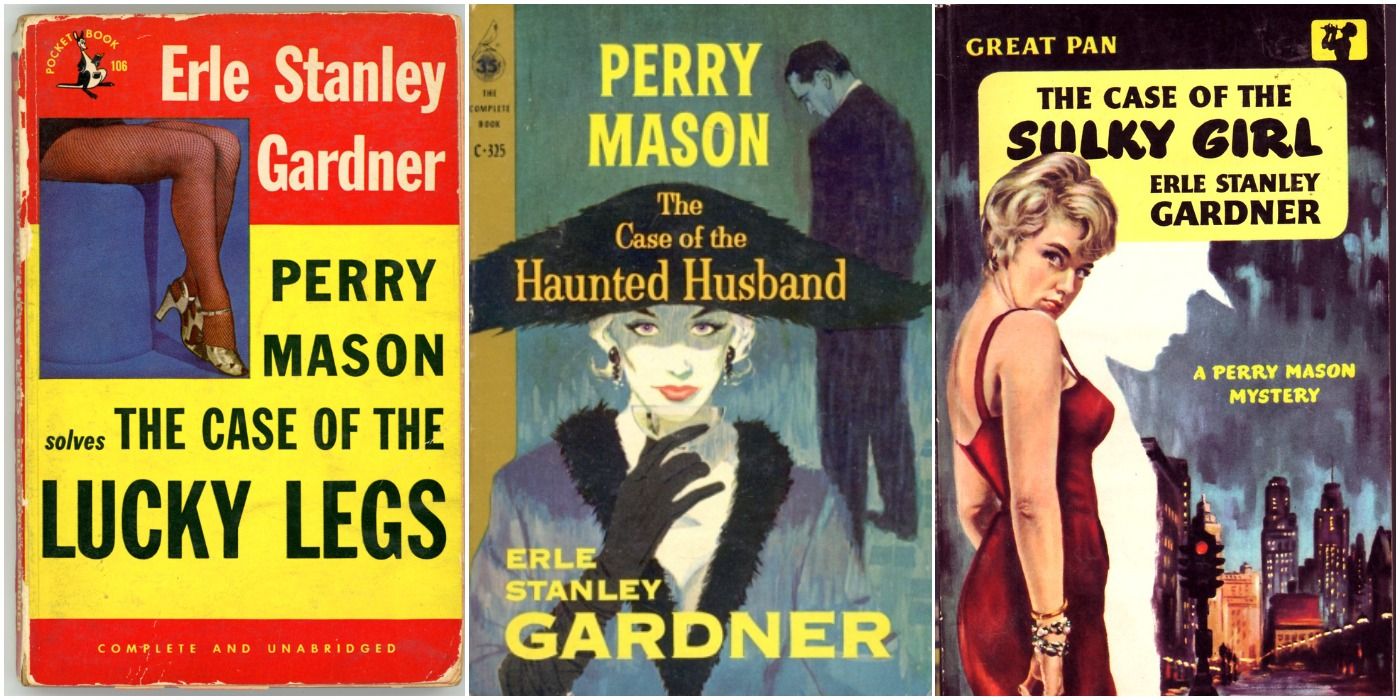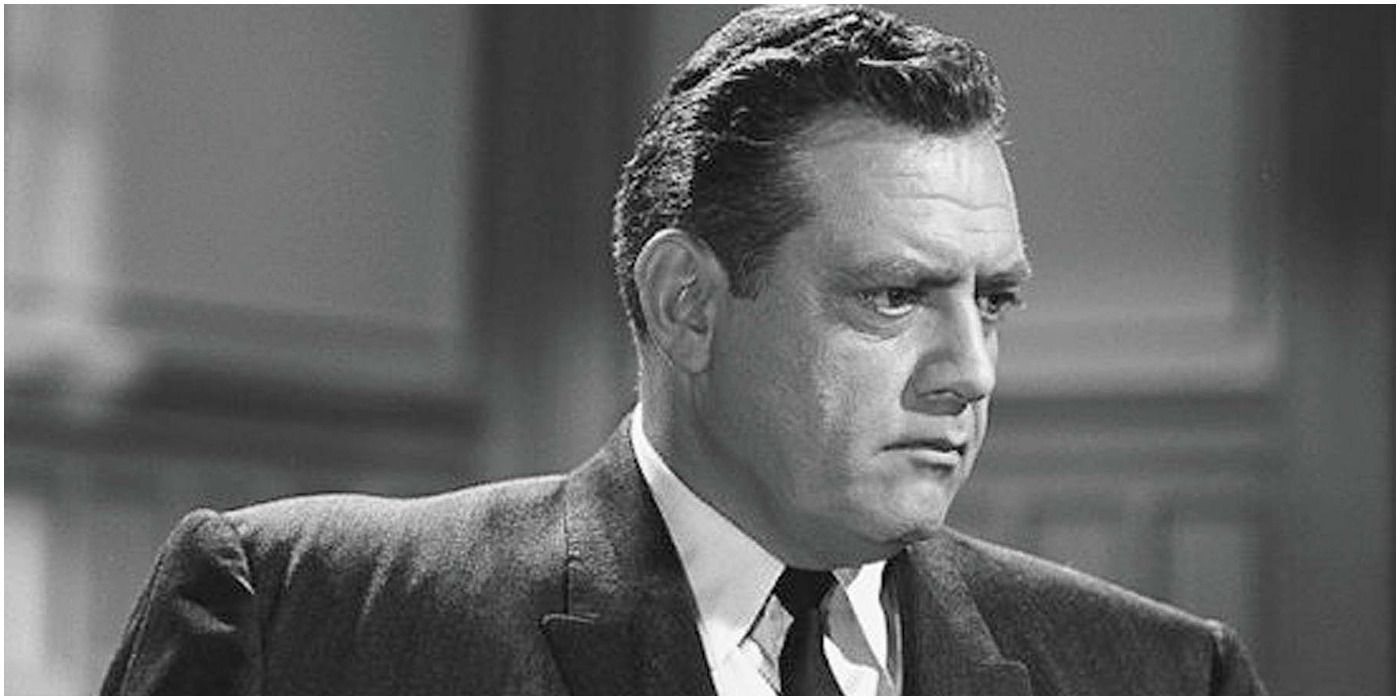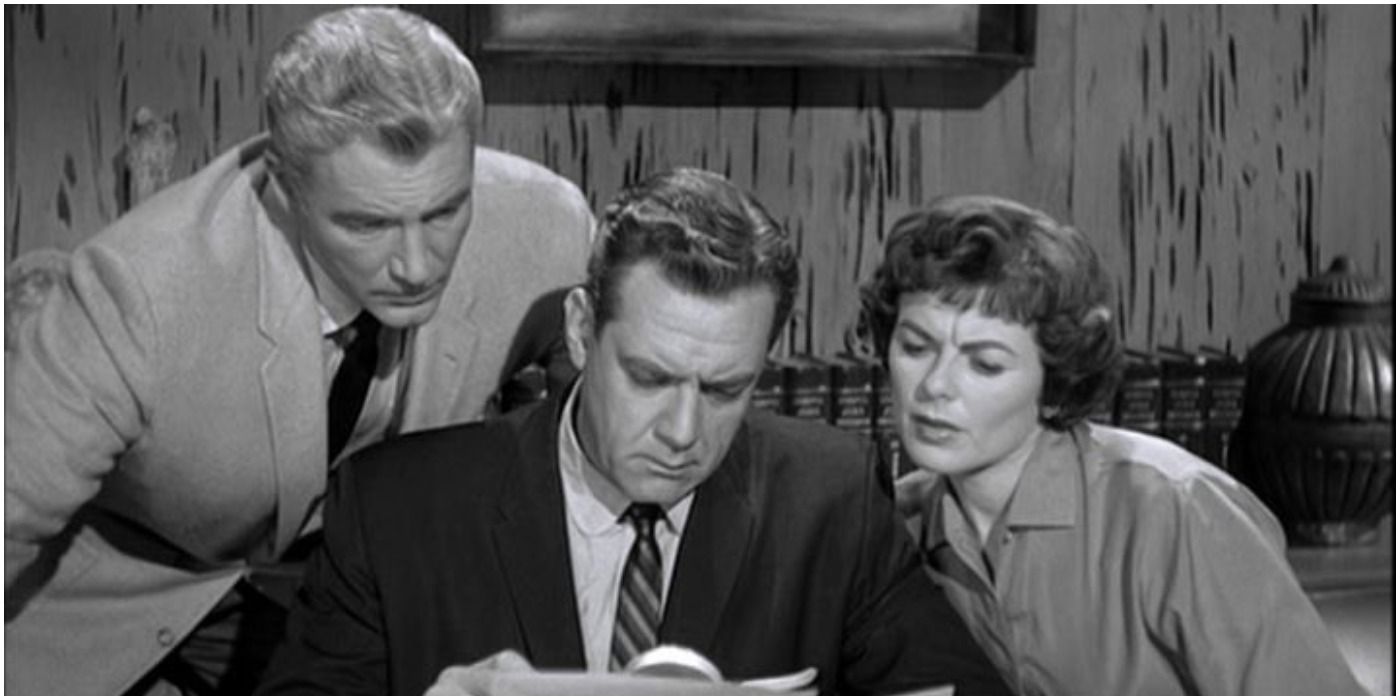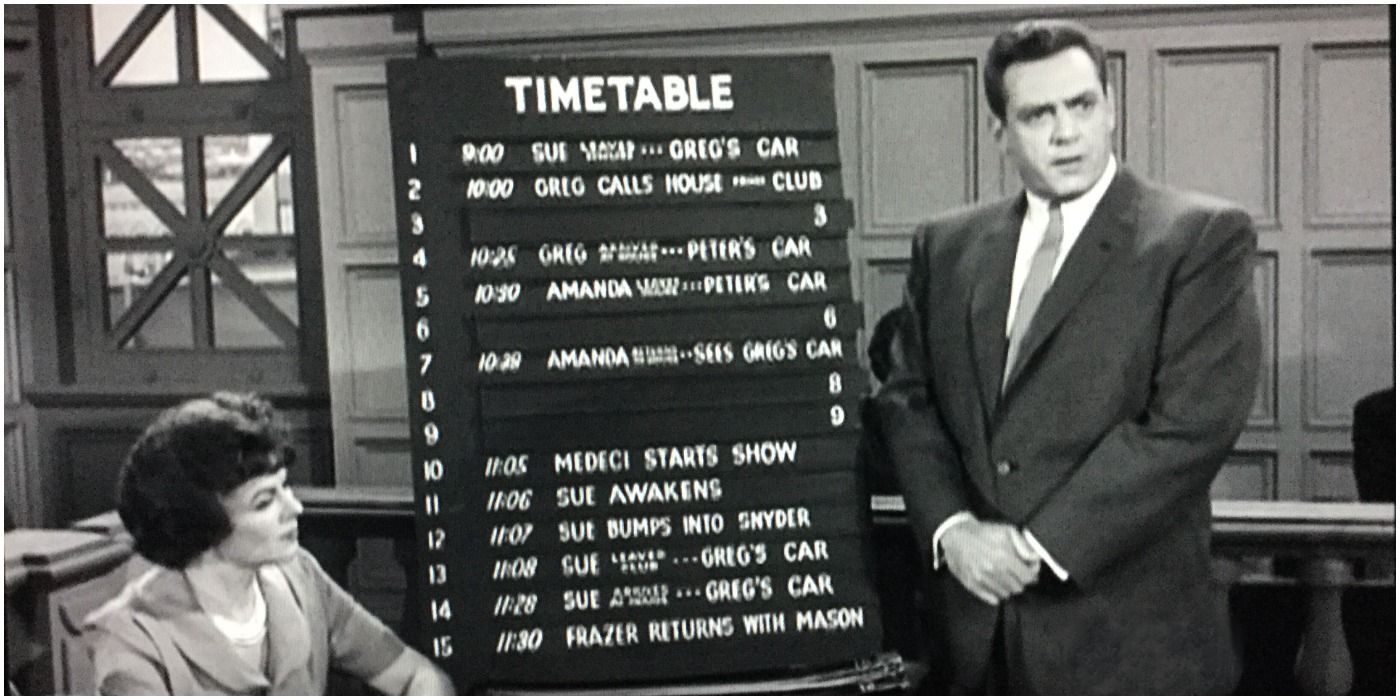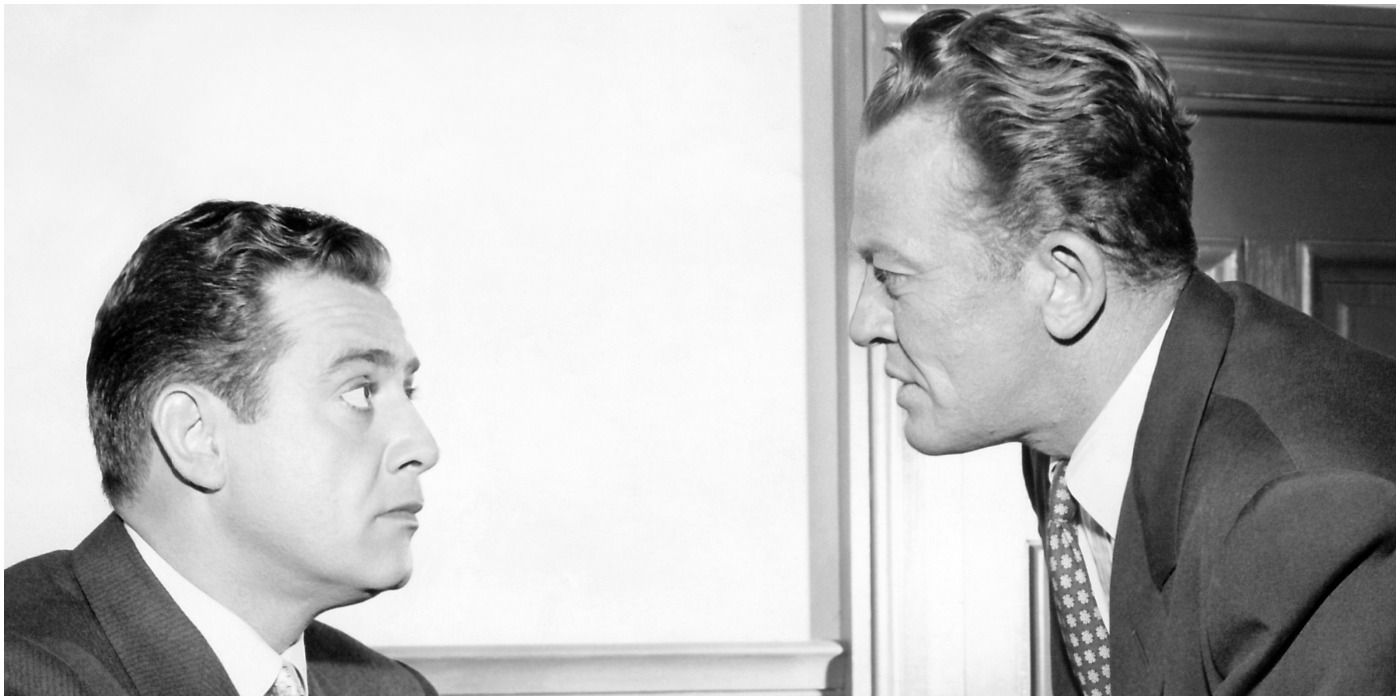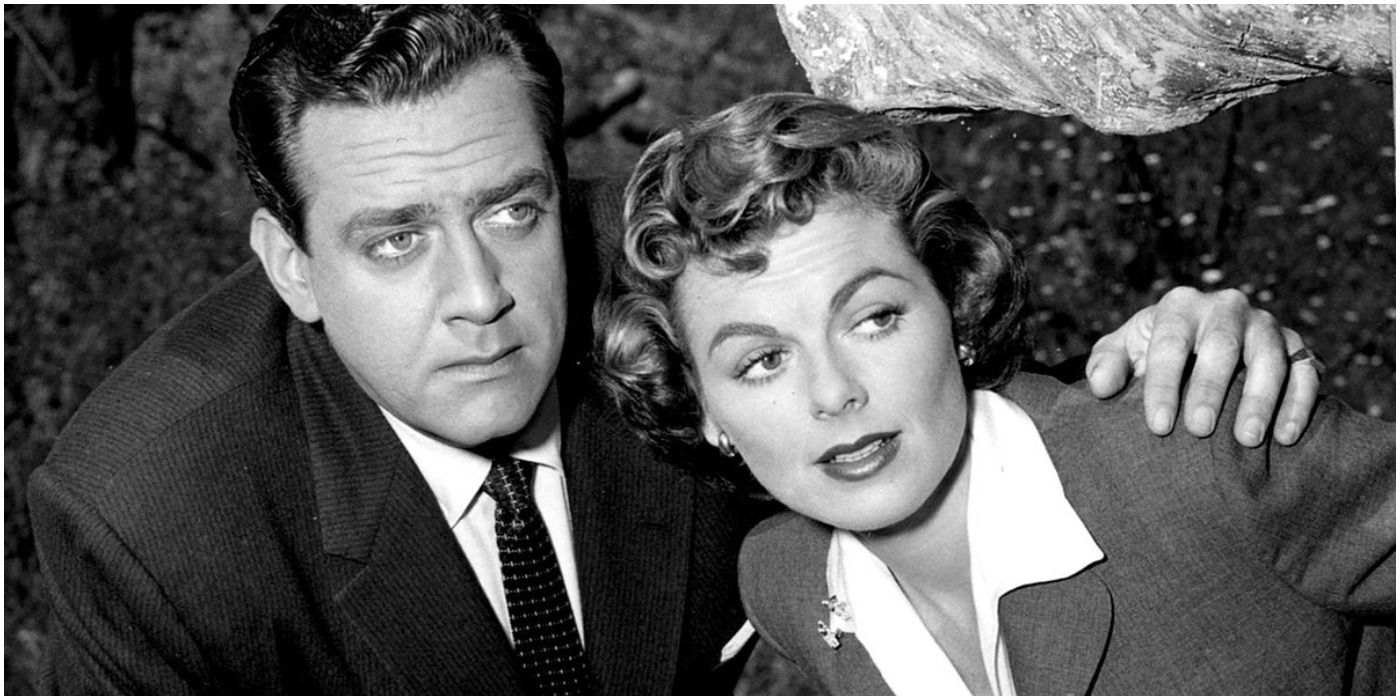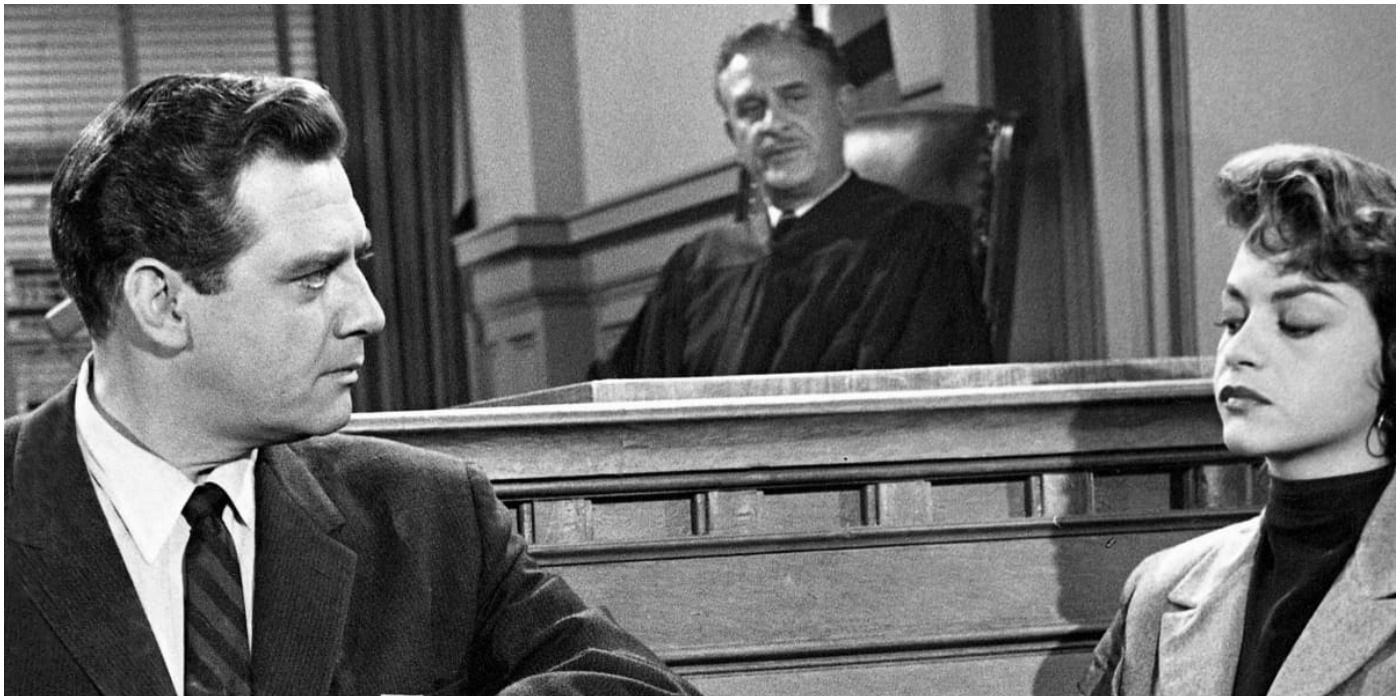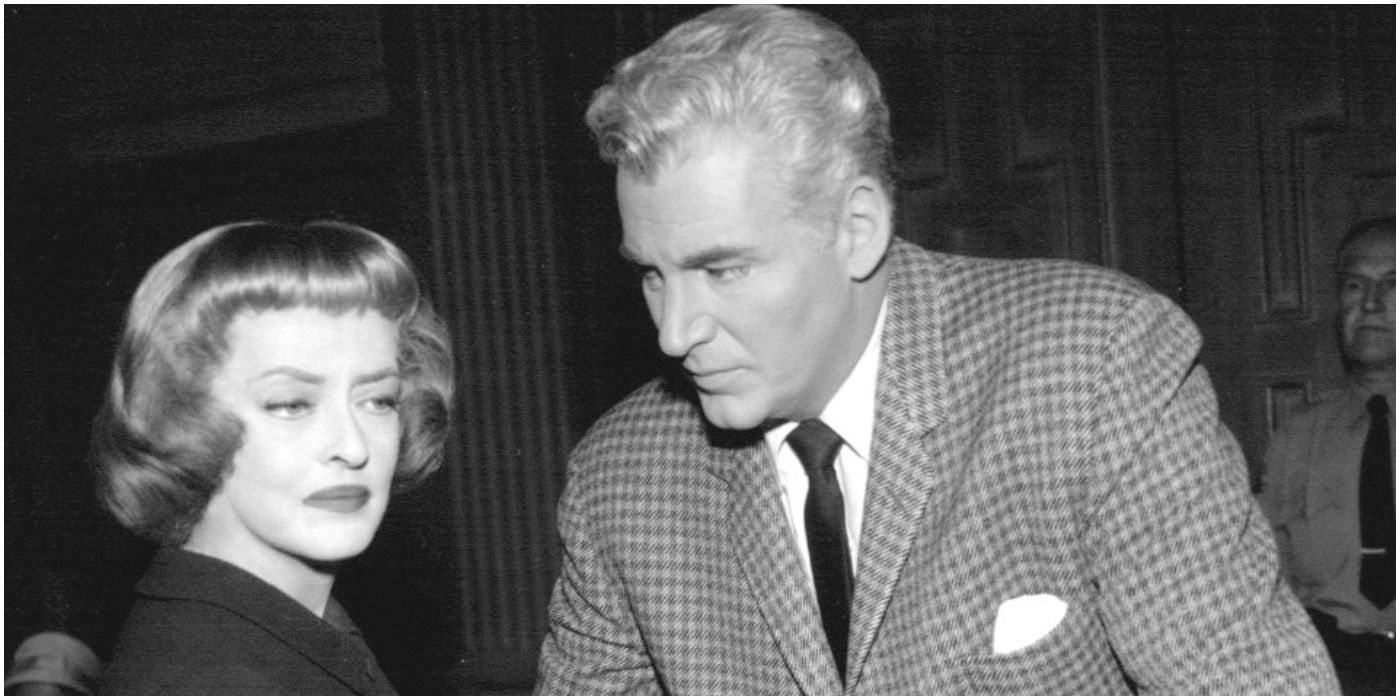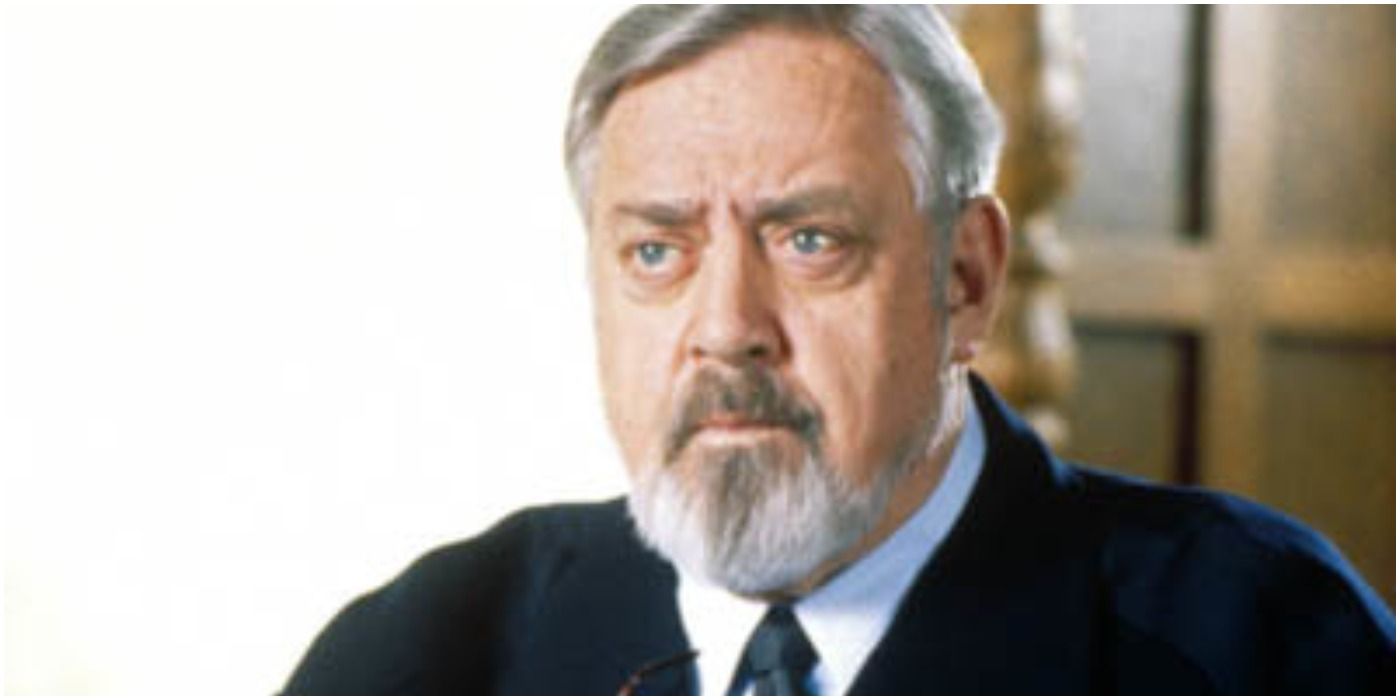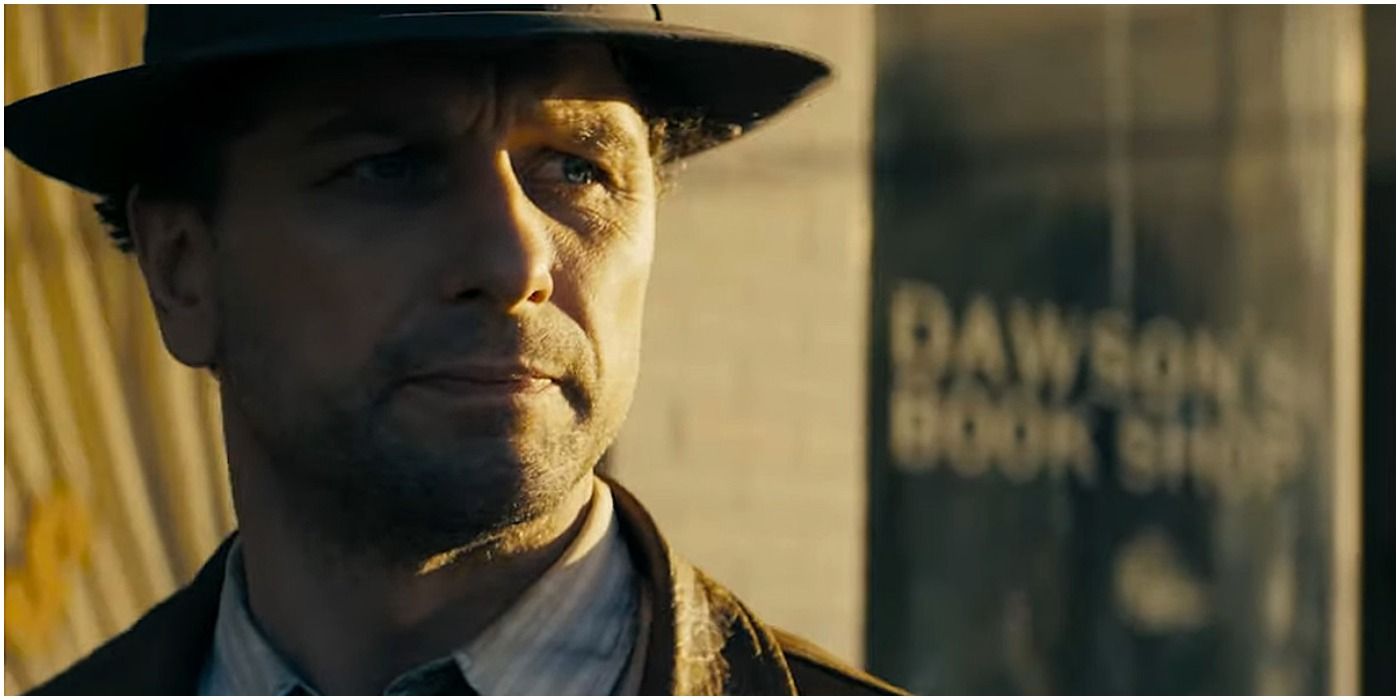Perry Mason is one of the most popular and enduring television series of all time, and one of the most influential on the format of most every legal-based show that followed. Reruns air every day in the United States and around the world, keeping the series front and center over fifty years after it ended in 1966.
But what made Perry Mason so popular? What was the show based on, and how much did it influence the decades of lawyer TV shows that came after? Here are ten things you didn't know about Perry Mason.
Based On A Book Series
Perry Mason began life like a lot of television shows these days do - as a series of books. Erle Stanley Gardner began writing the mystery series in 1933, which included over 80 different novels and short stories. The series ran for decades, up through the run of the television series. Gardner himself made a cameo in the show as a judge. Gardner was immensely successful, and set a quota of 1.2 million words a year of output - the average novel these days runs about 100,000.
Crash Diet
Perry Mason is synonymous with Raymond Burr, an imposing man with a gentle demeanor. Hundreds of actors auditioned for the role, including William Hopper (who eventually played Paul Drake). Producer Gail Patrick Jackson wanted Raymond Burr for the part, but he was sixty pounds overweight at the time. Burr always battled his weight and was determined to get the part, so he went on a crash diet, losing the extra weight and landing the iconic role just a few months after his first audition.
Partners
Though the title of the show was Perry Mason, the series was really an ensemble. The character of Mason often didn't appear much in the first half of the episode - a format that prefigured Law & Order - with the focus instead on his eventual client. His legal team supported him in the investigation and trial that followed in the second half of the episode. Hopper joined the cast as Mason's personal detective Paul Drake. The part of his secretary, Della Street, went to actress Barbara Hale.
Enduring Format
Besides the unique format of the investigation followed by the trial, Perry Mason created the DNA of numerous other television shows in the years since. Nearly every single show based around some aspect of the legal profession - not just Law & Order - owes an enormous debt to Perry Mason.
L.A. Law, Better Call Saul, and countless others take their cues from the show, which pioneered much of how courtroom drama is depicted on television. Just a few of the now well-established tropes include the very ideas of investigators and defense attorneys as heroes, the unexpected confession during cross-examination, and the utter invincibility of the main character.
Never Lost
Television shows tend to make their heroes, well, heroic, but Perry Mason went even further. The erstwhile lawyer never lost a case in the entire run of the series, from 1957 to 1966. He did come close a couple of times. In the episode “The Deadly Verdict,” the client is found guilty but Mason discovers evidence at the end of the episode that saves them from death row. Some shows end up making characters too good or perfect annoying, but Perry was just Perry.
Cultural Impact
The show had an impact on culture at large that went far beyond just an hour of diversion each week. Proving that life is stranger than fiction, the show was cited in over 250 different judicial opinions. Beyond that, the show was referenced in almost five hundred legal briefs and nearly a thousand law review articles. In fact, Supreme Court Justice Sonia Sotomayor said in her confirmation hearing that the character and the show were huge influences on her entering the law.
Lack Of Diversity
One area Perry Mason did not impact much on culture was in its depiction of diversity. In nearly three hundred episodes, Mason never represents an African-American client. African-Americans are only shown in background parts, and rarely. Despite the social and cultural upheaval in the 1960s with regards to race - and cultural touchstone in To Kill A Mockingbird which provided a precedent for a show about a lawyer to engage in those issues - the show never did. Unfortunately, it's a problem that film and television still grapple with today.
Famous Guest Stars
Given the enormous popularity of the series, it was a magnet for guest stars. Some of the most notable included screen legend Bette Davis, who filled in as a defense attorney for Perry Mason when Raymond Burr was out for several episodes due to surgery (he phoned in - literally - for a cameo).
The show was also a platform for the early careers of a number of actors and actresses, including Burt Reynolds, Robert Redford, and a number of future Star Trek stars. Leonard Nimoy, DeForest Kelley, and George Takei all made appearances on the show.
80s Return
Fans know today that everything old is new again, but it was a relatively new phenomenon in the 1980s for then old shows or films to come back. But Perry Mason did, with a vengeance. Raymond Burr and Barbara Hale returned in a series of made-for-TV movies on NBC (much like The Incredible Hulk at the time) that picked up with the characters twenty years later. William Hopper sadly had passed on, but the cast grew with Paul Drake's son, played by William Katt, who was Barbara Hale's son in real life.
HBO Revival
The show is returning again this June with an ambitious reboot of the series, starring Matthew Rhys of The Americans in the title role. This take on the character is a prequel, featuring his time as a private detective before he becomes a lawyer. This seems to be a little bit more of the hardboiled version from the original books by Erle Stanely Gardner, but time will tell. The series is produced by Robert Downey Jr., who originally had intended to star in the role himself.

